Without hyperbole, Dragon Quest 3 is one of the finest experiences the JRPG genre has to offer. The first two Dragon Quest games pioneered JRPG mechanics, and Final Fantasy made its own contribution with the job classes, but it was with 1988’s Dragon Quest 3 that the genre was fully codified. Even today, every JRPG has some of Dragon Quest 3’s DNA inside it.
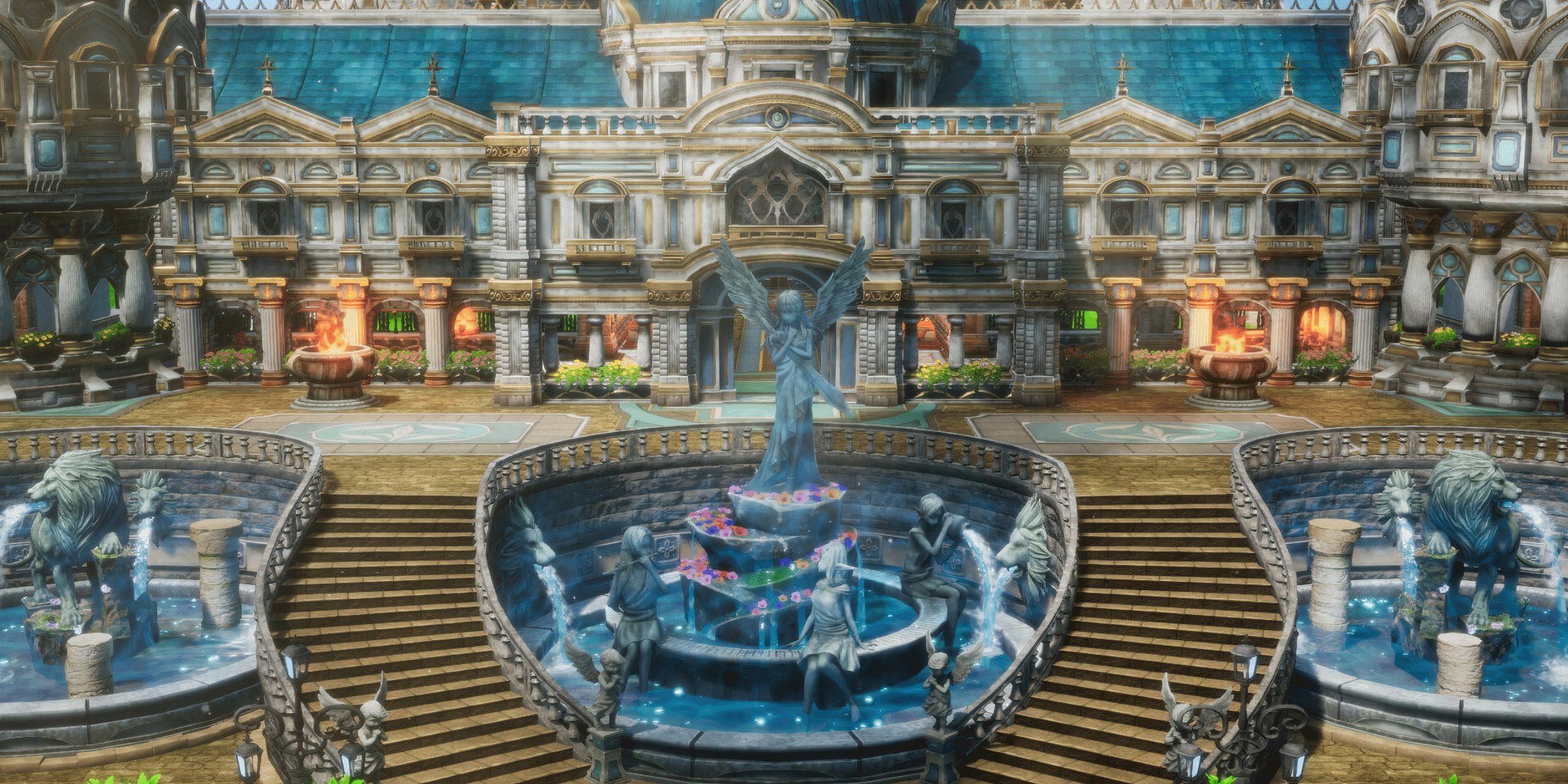
Related
8 Best Easter Eggs And Hidden Details In Dragon Quest 3 Remake
Dragon Quest 3’s remake is full of references long-term fans will enjoy.
Dragon Quest 3 has received several ports and remakes over the years, some remaining exclusive to Japan. With the HD-2D version available on all modern platforms now, it’s easier than ever for you to experience this influential title. Here’s a breakdown of which version is best.
The Japan-exclusive Wii, 3DS and PS4 ports are direct ports of the SNES version and lack their separate entry.
6
NES
Original 1988 Release
Dragon Quest 3 launched on the NES in 1988 as a cultural phenomenon. News reports told of hundreds of children skipping school to go buy the game. For many years, an urban legend persisted that Dragon Quest games were only allowed to launch on Saturdays to avoid a repeat of that scene.
As a 1988 title, Dragon Quest 3 on the NES really does live up to the hype. It has a lived-in open world, allows you to pick and choose your own party members and an enthralling sense of exploration. Unfortunately, the NES version took four years to be localized. The SNES had already been out for some time in North America by then; by 1992, DQ3 had gone from a revolutionary title to a mildly outdated game overtaken by its copycats. This may be the reason the game took so long to catch on in the West.
Dragon Quest 3’s North American version was titled Dragon Warrior 3 on the NES and Game Boy Color.
5
Nintendo Switch
Obsolete 2019 Adaptation
Dragon Quest 3 was released alongside its two predecessors on the Switch in a bid to allow newcomers brought in by Dragon Quest 11 to catch up. While the game is perfectly playable, and has a quicksave feature that makes it much more accessible to newcomers, the visuals are inexcusable.
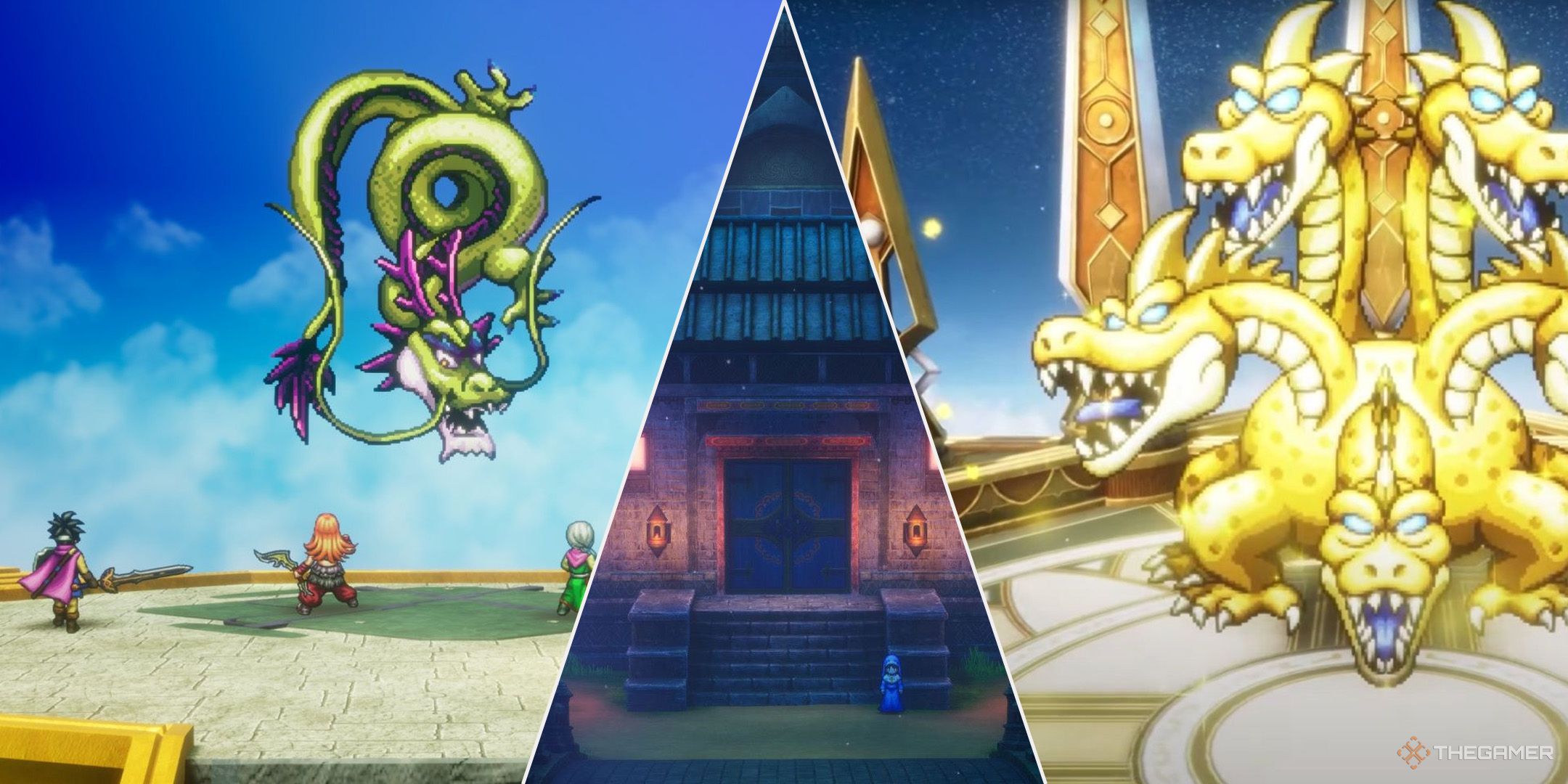
Related
Dragon Quest 3 Remake: 10 Things To Do After You Beat The Game
So you’ve beaten the main story; what’s next? We’ve got you covered, as there’s a ton more to do.
The overworld retains an appearance akin to the SNES version, but in battle the sprites are smoothed out and look like stock images from RPG Maker MV. The game also removes the opening cutscene with Ortega for no discernible reason, diminishing DQ3’s already basic plot. The Pachisi minigame, known as Treasures n’ Trapdoors from Dragon Quest 5 onwards, has been cut as well. Overall, this port worked as a stopgap measure, but the introduction of the HD-2D remake on the Switch has rendered it obsolete.
4
Android/iOS
Portable 2014 Port
Square Enix embraced mobile phones as a gaming platform early, and wasted no time in bringing over its classics to app stores. All Dragon Quest games up till the eighth are available on mobile. The 2014 port is for the most part a straightforward reworking of the Japan-exclusive Wii version, itself a direct port of the SNES version. However, it has an official localization, making the SNES version playable worldwide for the first time – unless you count fan translations.
However, this port still leaves something to be desired. The ever-elusive Pachisi minigame is absent in this version too, and the D-pad controls feel tacked on and poorly thought out. This port is playable for sure, and it allows you to take Dragon Quest 3 with you anywhere, but it’s far from the definitive version.
3
Game Boy Color
Miraculous 2001 Iteration
Dragon Quest 3 for the Game Boy Color is nothing short of a miracle. Not only does it retain all the content of the SNES version, but it adds more. It’s worth noting that this was one of the largest GBC games, by file size, to be released in North America.
New classes were added, an additional Monster Medal system was implemented, and the Pachisi minigame finally showed up on Western shores. Despite the obvious downgrade in visuals, the game still looks good due to excellent art direction. The Game Boy Color port of DQ3 remained for many years the best way to play it in English without resorting to fan translations. Today, its slow-paced nature might make it hard to stomach when we’re so used to quality-of-life features, but in its day this port was golden.
2
HD-2D Remake
Enhanced 2024 Version
Off the back of Octopath Traveler’s HD-2D art style that made it an instant classic, Square Enix decided to remake Dragon Quest 3 and breathe new life into its visuals. The results were gorgeous: Dragon Quest 3 now looks the best it ever has while still retaining its retro charm.
The HD-2D remake also feaures a slew of quality-of-life features, selectable difficulty, autosaves, and more forgiving gameplay to make it accessible to newcomers. Battles can be sped up, and leveling up now instantly refills your HP and MP.
However, the remake makes some glaring omissions that hold it back from being the definitive version. Egregiously, the Pachisi minigame is missing once again. The game also lacks the challenge and satisfying grind that was so central to the original DQ3 experience. The reason DQ3’s grinding was so fun was because your slowly draining resources acted as feedback, letting you know when it was time to stop and rest your party. With the new insta-refills of your MP, that feedback is gone, and with it the fun factor.
The HD-2D remake includes voice acting, new classes and some additional scenes with Ortega.
1
SNES
Original 1996 Remake
If you thought the HD-2D version of DQ3 was the first reimagining, you have another thing coming. Dragon Quest 3 was originally remade in 1996 for the SNES, and it was glorious. This is, without a doubt, the definitive version of the game. DQ3’s SNES remake features gorgeous 16-bit sprite artwork by the late Akira Toriyama, lending the game a personality that the NES version couldn’t convey fully.
There is a surprising degree of optimization and QoL features for a SNES game: you can automatically tidy your inventory and heal your party in the most efficient way possible. It also has an in-game clock where the time of day and lighting would change accordingly, and so would your NPC interactions. This remake introduced the Pachisi minigame, which is incredibly fun and justifies the remake by its addition alone.
Due to its launch being late into the SNES’s lifespan, and the lack of JRPG appeal in the West in 1996, the best version of Dragon Quest 3 has never made it to Western shores officially. That is a shame, but fan translations of the full game exist.
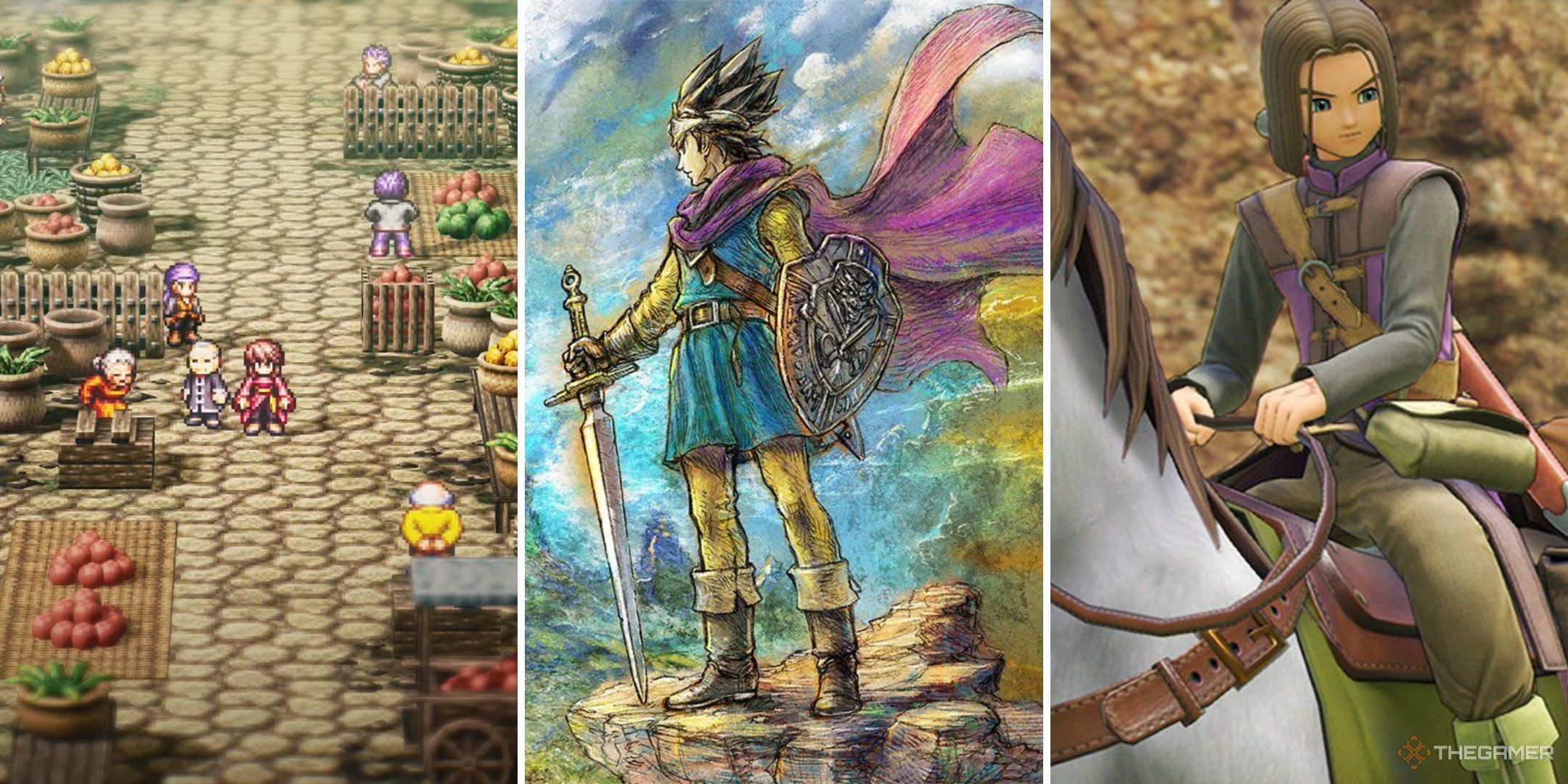
Next
8 Games To Play If You Like Dragon Quest 3 Remake
If you like DQ3 Remake, there are plenty of other RPGs for you to try.





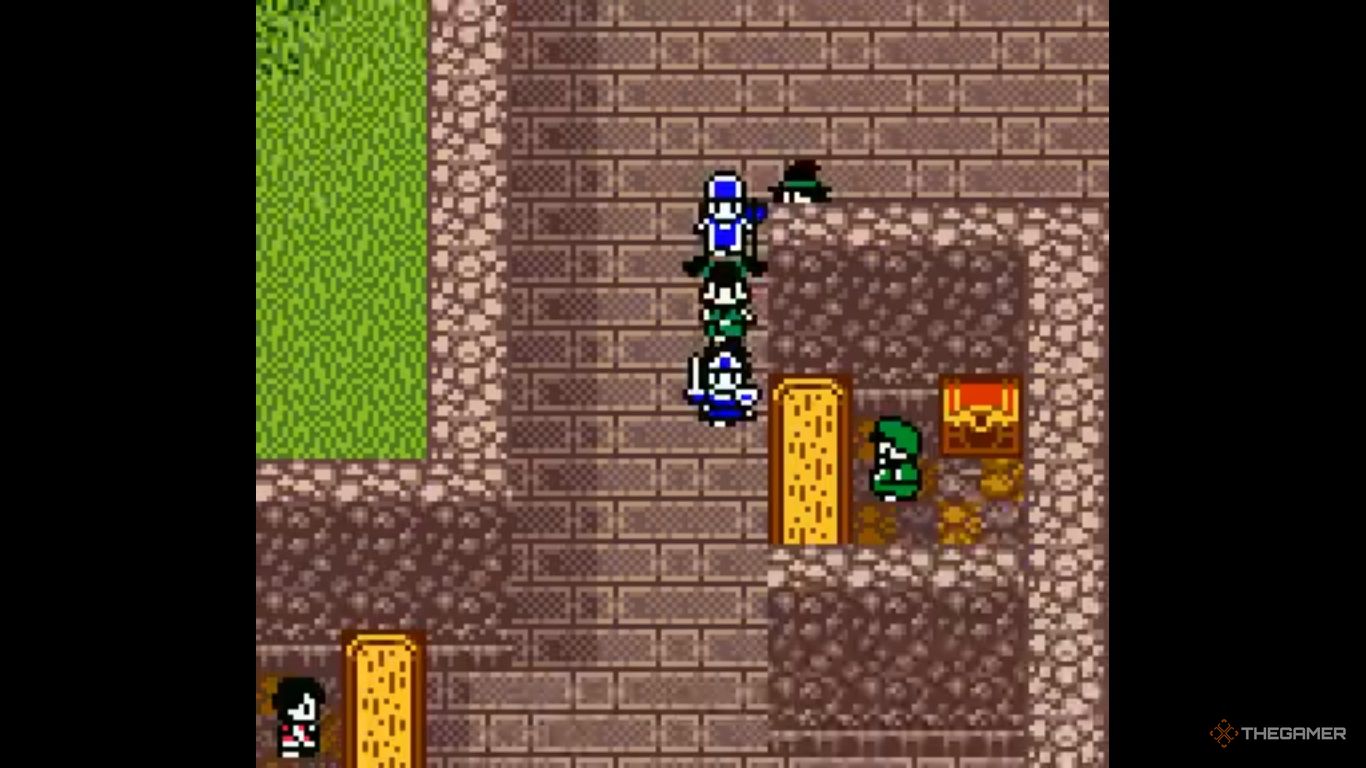
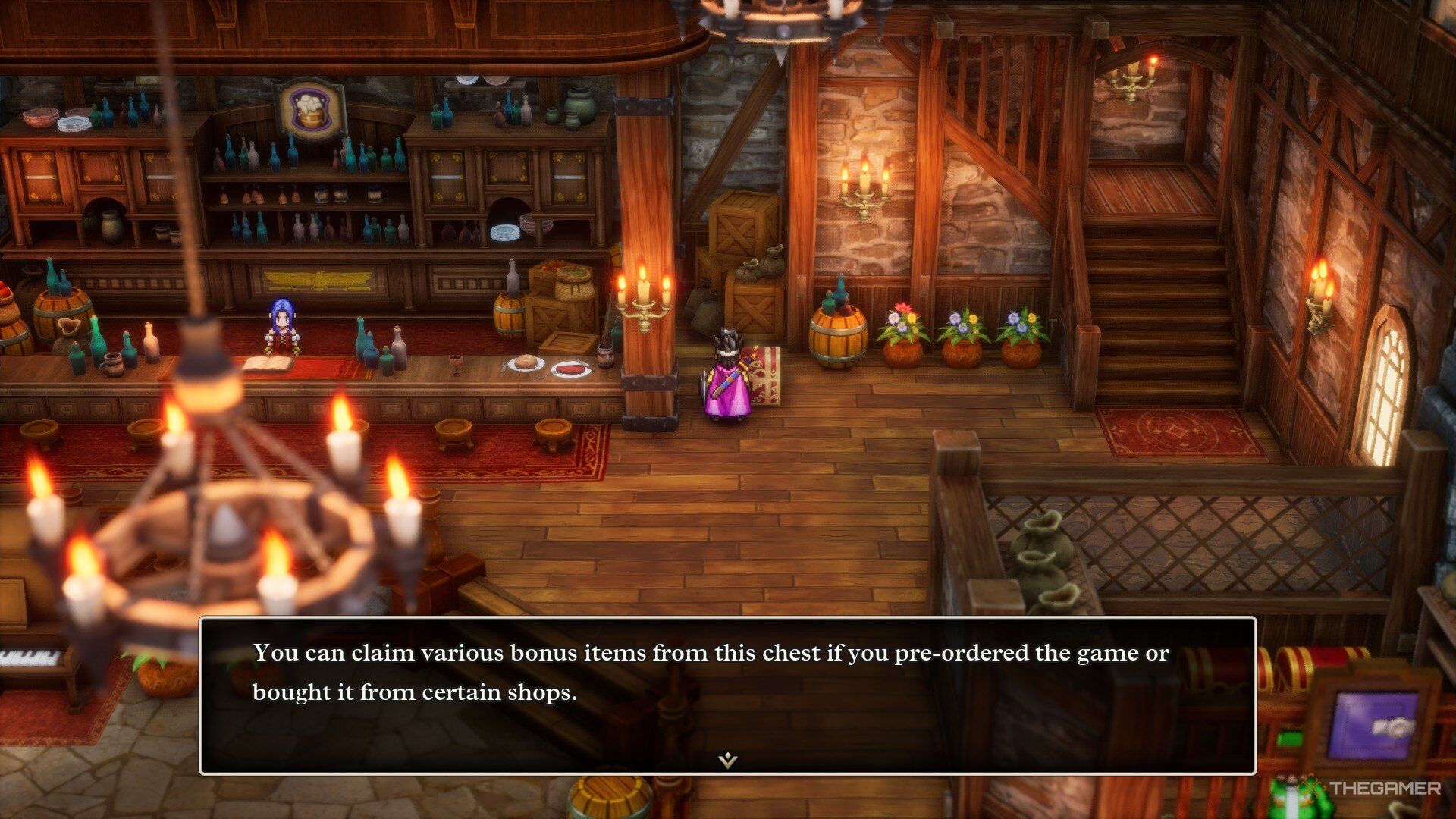
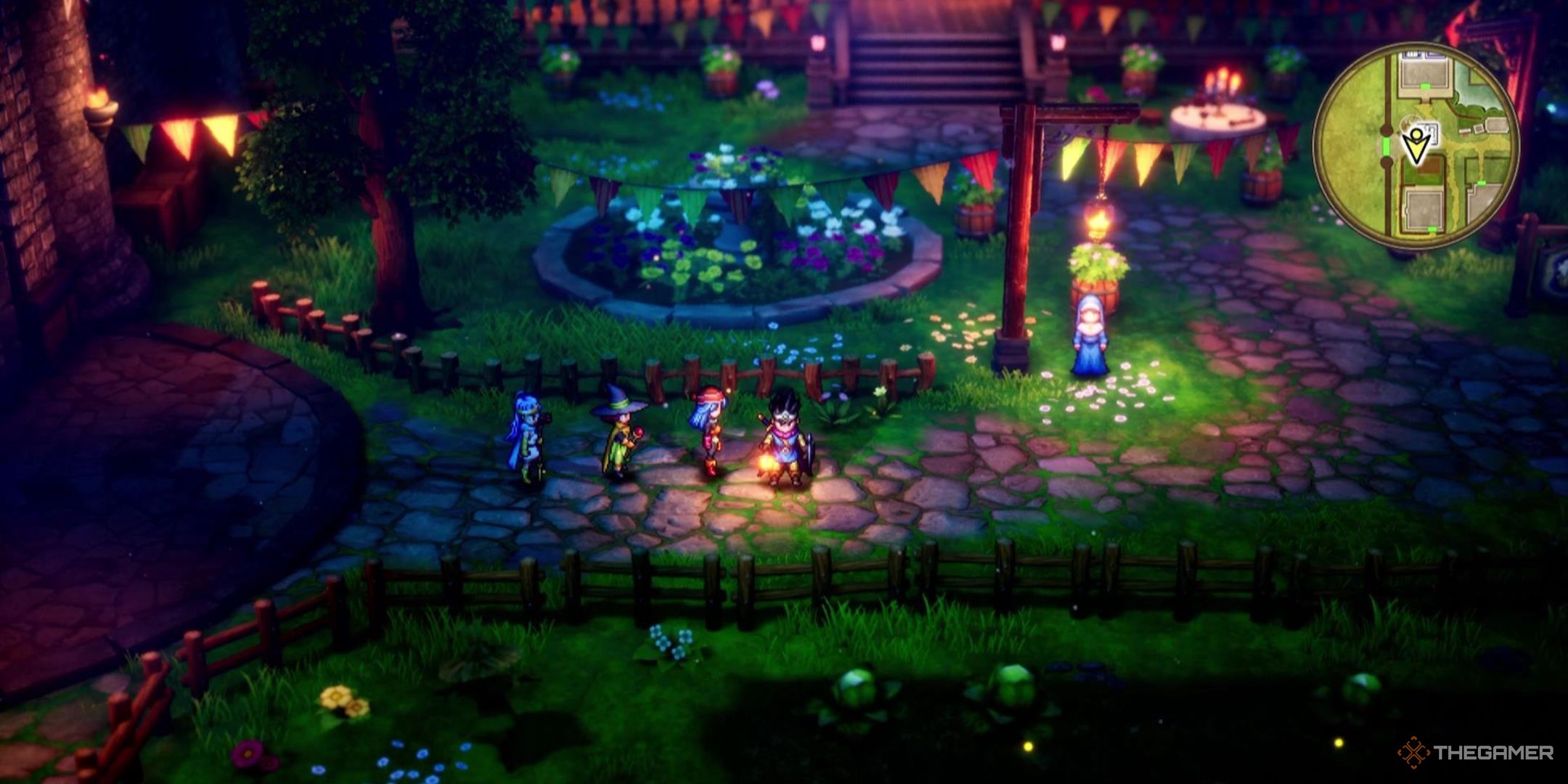



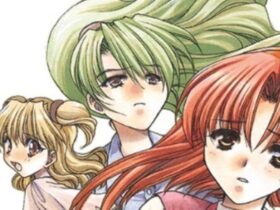

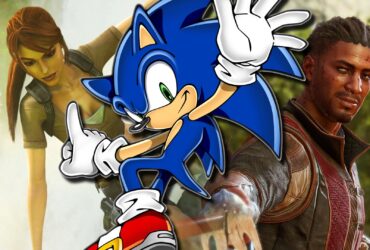


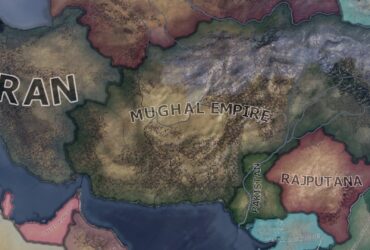

Leave a Reply